Dialogue: Talking in Subtext
Posted: January 30, 2017 Filed under: Dialogue, Writing | Tags: Dialogue, Subtext, Writing 2 Comments
A good way to learn to write good dialog is to become an observer of people, watching and listening to the conversations around you when in public. You must both watch and listen because dialog doesn’t come just in words. Dialog also contains subtext. You know, body language, tone of voice, etc… You can have whole scenes where no words are spoken, yet a conversation occurs between two people in the subtext of their body language. Everyone in the real world talks in subtext. If you want to have believable dialog for your characters, they must talk with subtext, too.
Whether you’re an author or a screenwriter, it’s an important concept to master. Subtext is the message that lies beneath the message. It’s what people, or characters, are really saying. It is indicated in actions, movements, change in pitch of the voice. A character may say, “I’m happy for you”, but if it were said through gritted teeth, the reader may get the idea that there’s some underlying resentment with the characters words, lending a very different meaning to the scene. The same dialog would take on a whole other meaning, that the words are not spoken sincerely, if the character rolls her eyes as she says it.

We humans are funny creatures. Many of us have some type of mental block that prevents us from saying what we mean outright. It may be the fatal flaw of mankind in the communication realm, although I suspect it may be easier to speak honestly in the digital world, where you talk with people without being face to face. Regardless, if you want your characters’ dialogue to be believable,they will have to speak in subtexts, offering readers the subtle clues necessary to figure out what is really going on.
“Don’t tell me to calm down,” Karen said, tapping her newly painted nails on the table top. “I’m perfectly calm.”
What can you tell from the dialog above? The character says she’s not upset, but do you think she is? Rather you get the idea that she is upset from the tapping of her nails on the table, which is not a calm behavior, even though her words claim different.
The example above is pretty clear for illustration purposes. In real life, and in good fiction, it’s not always so easy to discern between words and actions. As authors, we must offer good clues, in the form of subtext, so readers can see the whole picture we’re trying to paint with our words. You see what I mean?
 If your character is angry, you might have him clench his fists or stomp his foot. If the scene is a breakup, your character may hold back her tears and swallow the lump in her throat to avoid revealing how much she is really hurting. Or maybe she is trembling although trying to appear brave to her friends.
If your character is angry, you might have him clench his fists or stomp his foot. If the scene is a breakup, your character may hold back her tears and swallow the lump in her throat to avoid revealing how much she is really hurting. Or maybe she is trembling although trying to appear brave to her friends.
It’s the way real people talk. It’s the way our characters need to talk if we want our dialogue to be convincing. In many cases, the old adage is true, especially in fiction and screenwriting- “Actions speak louder than words.”
Like this post? Subscribe to email to receive notification to your inbox each time a new post is made.



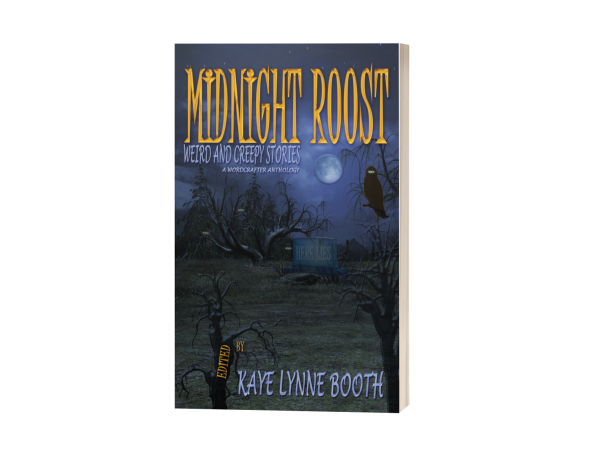




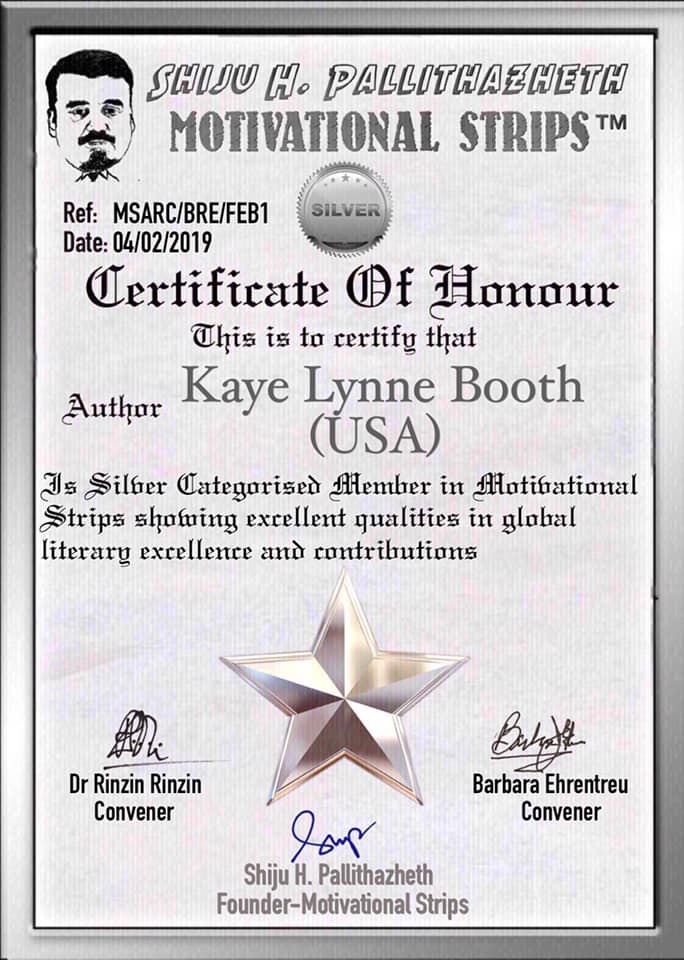
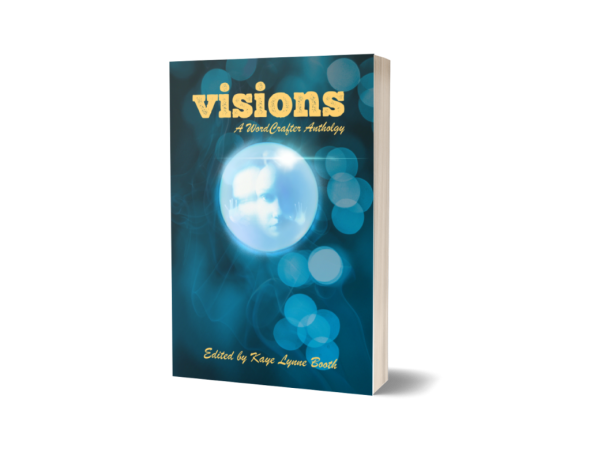


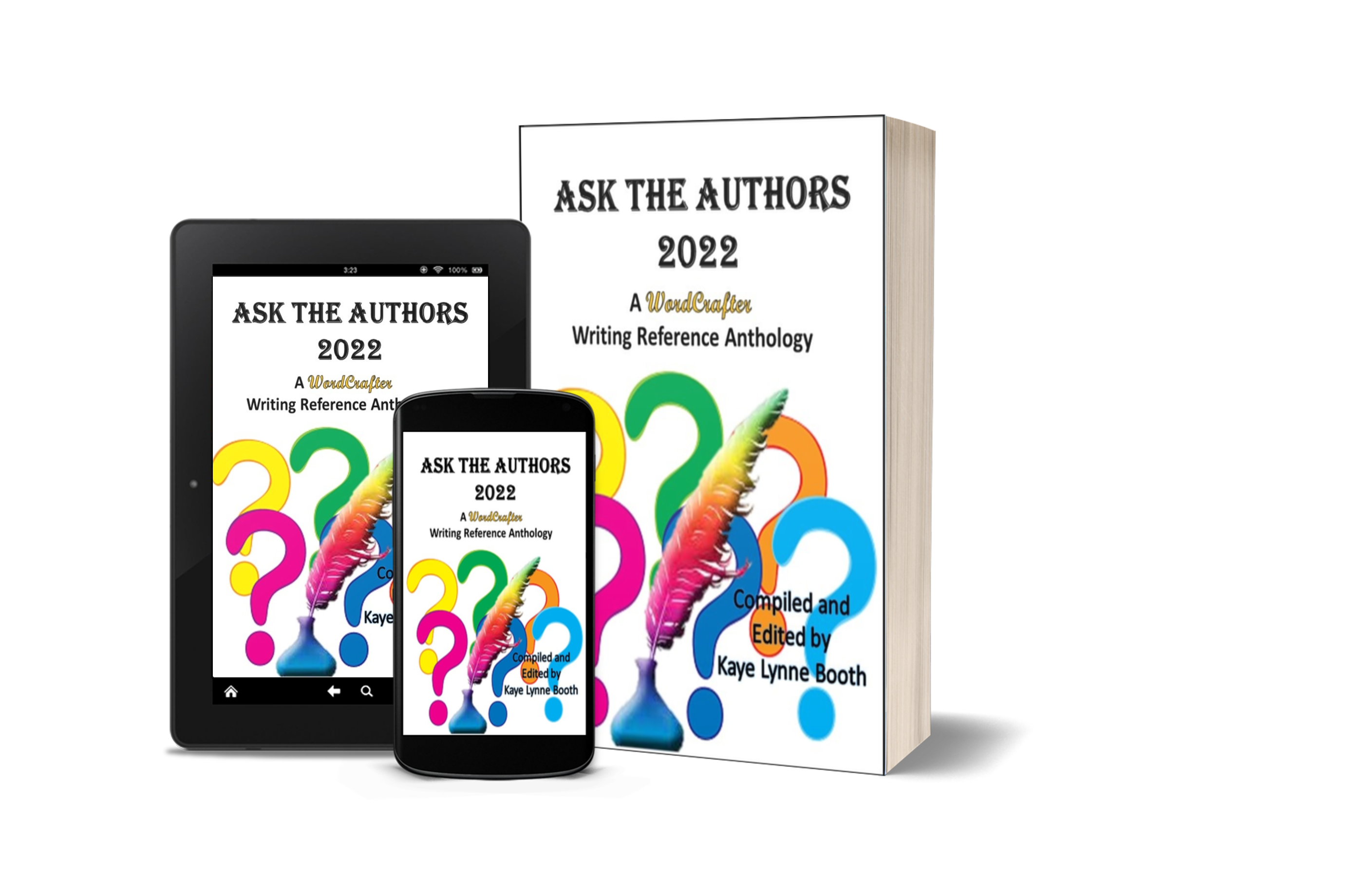

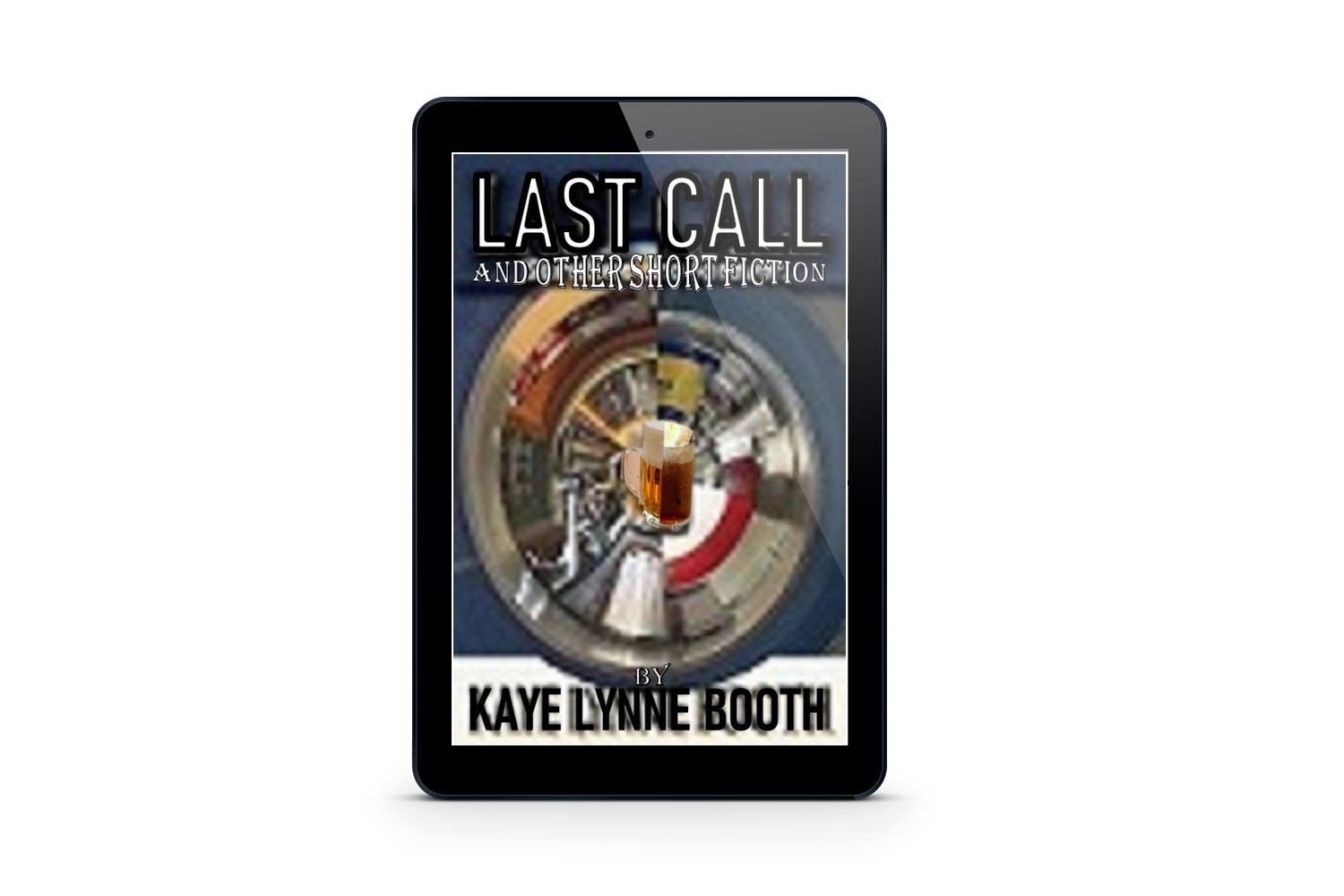
Excellent, KL. So many people are terrified of conveying their emotions. The’re afraid it will make them seem weak. The curse of the Northern European culture handed down from our ancestors. One of the great revealers of unspoken dialogue are the unconscious gestures, the repeated body language “tells’ that emerge. People brush back their hair, use their fingers compulsively, crinkle their eyes, purse their lips…..etc. Good post!
LikeLike
Thanks for reading Art. 🙂
LikeLike